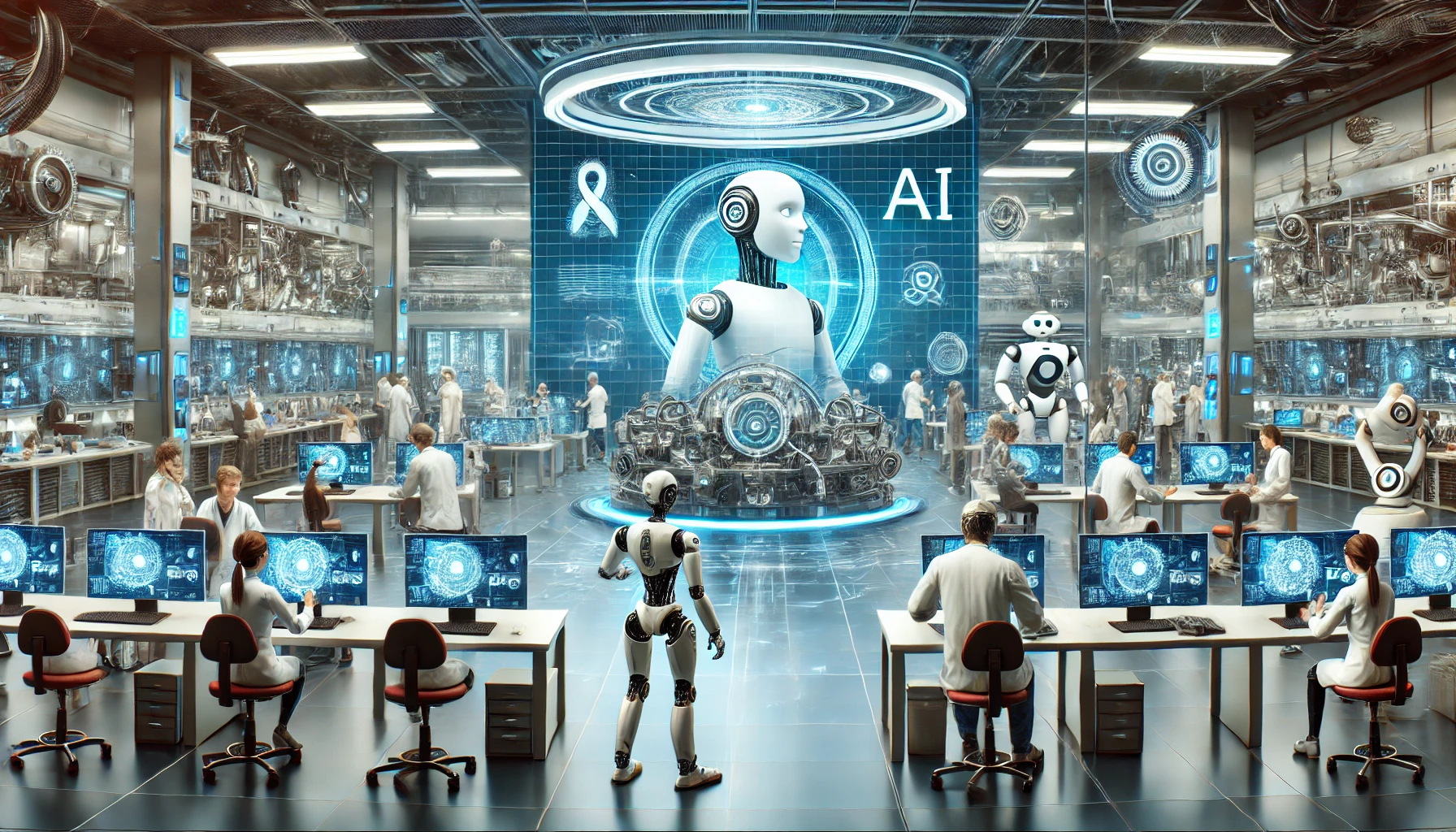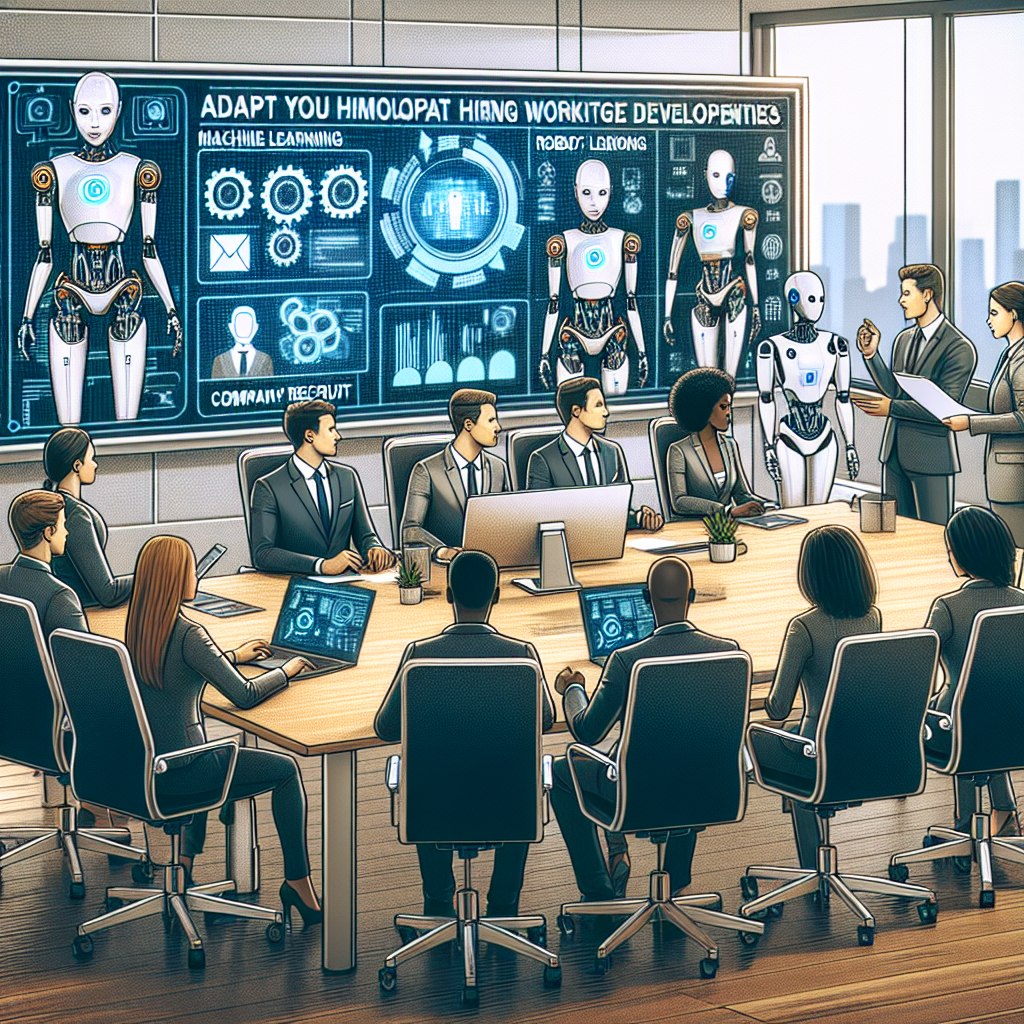AI and the Workforce: Separating Hype from Reality
As artificial intelligence (AI) continues evolving at a rapid pace, concerns about job displacement are dominating conversations in boardrooms, classrooms, and the media. While speculation runs rampant, industry experts stress that the reality of AI’s impact on employment is more complex—and often less immediate—than most think.
Which Jobs Are Most at Risk?
It’s true that certain industries are more susceptible to AI disruption than others. Technologies like machine learning, natural language processing, and robotics have made automating specific tasks significantly easier. The most vulnerable sectors include:
- Customer Service: AI-powered chatbots and voice assistants are replacing entry-level support roles, allowing companies to provide 24/7 help with minimal human intervention.
- Administrative Support: Tasks like scheduling, data entry, and document processing are being automated with the help of large language models.
- Transportation and Warehousing: With self-driving technology and robotic logistics, the need for drivers and manual laborers in warehouses is declining in some areas.
- Media and Content Creation: Generative AI tools are beginning to take over some copywriting, video editing, and even coding tasks.
However, it’s important to note that even in these industries, mass displacement hasn’t materialized yet—not on the scale often portrayed in speculative headlines.
Areas Where AI Is Enhancing—Not Replacing—Jobs
Instead of wholesale job elimination, AI is often reshaping roles from the inside out. Many experts argue that AI is doing more to assist and augment workers, rather than replace them altogether.
- Healthcare: AI is helping doctors with diagnostics and treatment plans, rather than replacing them.
- Finance: Analysts and accountants are using AI to comb through data faster and more accurately, improving decision-making and reducing human error.
- Education: Teachers are utilizing AI tools for lesson planning and personalized learning experiences, freeing up time for more engagement with students.
In this sense, AI is creating a shift in job functionality rather than outright elimination, calling for upskilling and adaptability across various career paths.
Dispelling the AI Panic: A Balanced Take
Despite the pressing narrative that AI is decimating the job market, several experts caution against overreaction. According to MIT economist Daron Acemoglu and other leading researchers, the fear of sudden widespread unemployment due to AI is largely overstated.
“Far less is happening than people imagine,” says one industry expert. Much of the AI infrastructure is still in developmental or limited-use stages. Companies are often piloting AI systems before implementing them across the board, allowing for gradual shifts rather than disruptions.
Why the Lag in Adoption?
There are several reasons AI hasn’t led to a massive workforce overhaul yet:
- High implementation costs: Deploying AI at scale remains expensive and time-consuming.
- Regulatory barriers: Governments are still determining how to regulate AI use, which slows down adoption in sensitive sectors like healthcare and finance.
- Skill requirements: AI works best when used by skilled workers, and the gap in technical expertise is significant across many fields.
Preparing for the AI-Infused Future
While job losses haven’t been as dramatic as feared, change is inevitable. Businesses, governments, and workers must proactively adapt to remain competitive and secure in the age of AI.
Upskilling and Reskilling Are Critical
The World Economic Forum has long advocated for upskilling programs. As AI automates low-level tasks, the demand for higher-order thinking, creativity, and human interaction is increasing. Workers who embrace continuous learning in areas like:
- Data literacy
- AI and automation tools
- Emotional intelligence
- Problem-solving skills
will be better prepared for the jobs that emerge in a tech-augmented future.
Companies Must Lead Responsibly
Instead of viewing AI strictly as a cost-saver or job eliminator, organizations should consider how it can empower workers. Transparent communication, ethical AI deployment, and strategic reskilling programs can ensure that technological advancements benefit both employers and employees.
Final Thoughts
The role of AI in the job market is evolving, but panic over widespread layoffs might be premature. While some industries will see significant shifts, many roles will be transformed—not eliminated—by the integration of AI technologies. Those who invest in education, adaptability, and ethical innovation will turn this technological revolution into an opportunity for progress rather than a cause for fear.



Leave a Reply